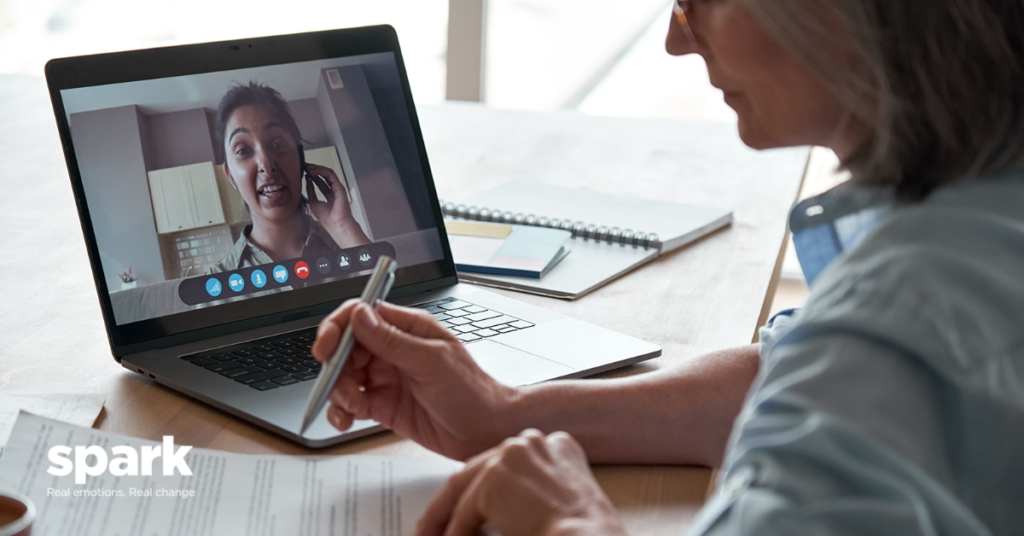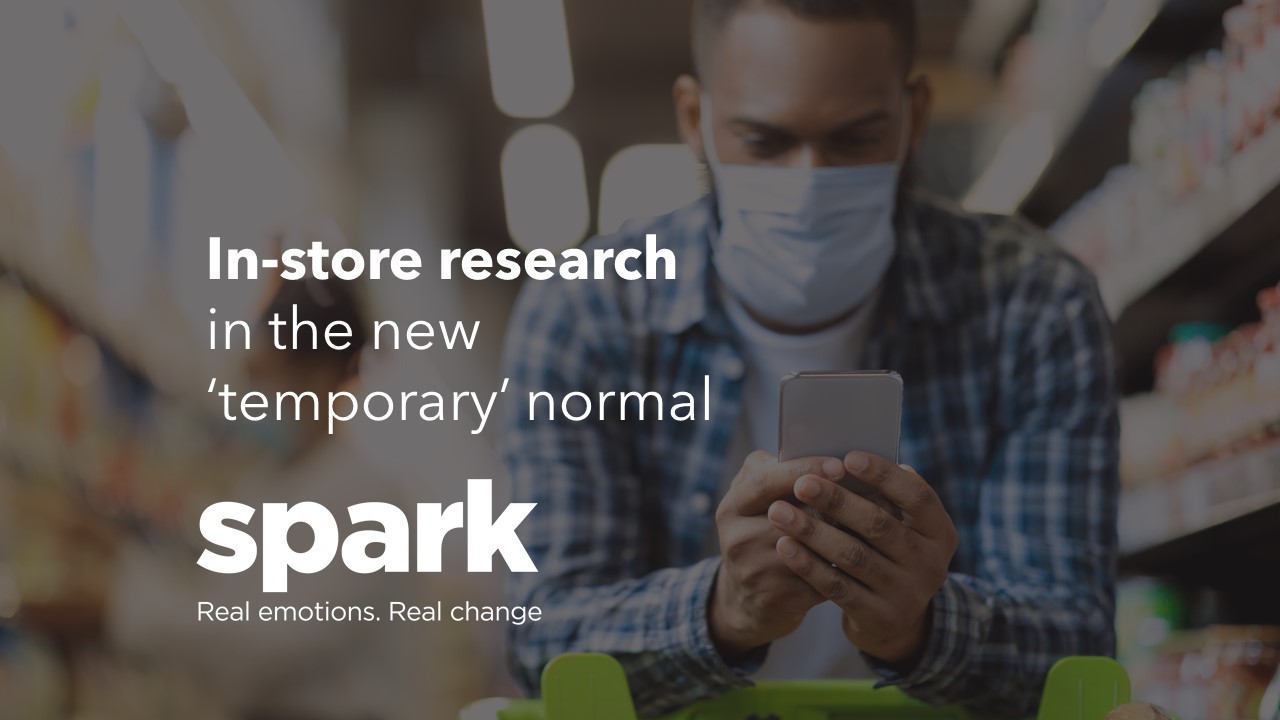It’s fair to say that we haven’t done quite as much in-store research as we were expecting this year!
Adam, one of our in-store fieldwork technicians, proudly gets a t-shirt from each country that we conduct fieldwork in. And he was looking forward to getting a few new garments, as we began the year with multiple in-store projects lined up around the globe, from the UK, to South America, to the Middle East.
Then, like the rest of the world everything came to an abrupt halt.
But while we haven’t set foot in a store ourselves to conduct research since February, over the last few months we have started to conduct in in-store research again and in places as far afield as China!
How? Well like everybody else we have had to temporarily adapt.
Working together with our clients, we had some really productive and sensible conversations about how to conduct projects without physically being in-store ourselves.
We acknowledged that there would be limitations to the research if we couldn’t conduct methodologies such as Detailed Behaviour Analysis, Eye-tracking or Xtraviews. However, we were then able to agree on an agile approach that allowed us to conduct research in the interim until the guidelines permit us to safely go back into store.
Clearly, quantifying actual behaviour without being in-store is impossible, but we have been able to uncover deep insights around missions, triggers & barriers and purchase drivers at the point of purchase. Along with an eye-opening documentation of the in-store experience.

How we do it
Once we have agreed on the category and/or retailer of interest, we work with our partners to recruit shoppers that have a genuine intention to shop (we never specify buy) the area of interest in the next 7 days.
Once recruited, a time is agreed for each participant to conduct their shop. At the allotted time shoppers are sent a link to conduct a pre-shop interview (sometimes via video) which establishes their mission and shopping intentions.
Once the pre-shop interview is completed participants then conduct their shop, during which they record photos or video of the area that they visit, products they interact with, marketing materials they use and anything else pertinent to their shopping trip today.
Shoppers are neither tasked nor incentivised to purchase.
Once the trip is completed shoppers complete a post shop video interview, reviewing their in-store experience and discussing the influences behind their behaviour and decision to purchase or not today.
Interviews take place as soon as shoppers leave the store with their trip validated by the images of their store visit and in some cases geolocation tagging.
The interviews use a combination of implicit and explicit questions and shopper responses are validated using facial coding.
We also measure shoppers emotional reactions to their shopping trip using the Spark Emotional Wheel.
Using this method we conducted some work for a global health and beauty client to uncover what was driving shoppers back into physical retail after a lockdown. This insight enabled them to create a marketing plan that focussed on driving footfall to stores as they emerge from lockdown and encourage them to revisit once they have returned.
There are three important factors that are true of any research project but especially crucial for our interim approach:
- Manage everybody’s expectations – there are obvious limitations with trying to conduct in-store research in this way – clearly defining what is achievable at the outset is crucial
- Speak to the shopper as close to the point of purchase as possible – post shop interviews have to take place within 30 minutes of leaving the store to qualify
- Ensure the data is robust. We use a variety of techniques from facial coding analysis to implicit emotional analysis to ensure that we record shoppers genuine attitudes and feelings

The ‘hopefully’ near future
We are hopeful (as are we all) that as we move out of the winter and into the spring then the current situation will improve. And the seasonal change, along with the arrival of a vaccine(s) and other continual developments in treating Covid-19 will ensure that all stores remain open for shoppers.
And the world can’t stay still forever, if you have an in-store research need, we would be happy to discuss the best way to get you to the truth of behaviour now, or once the relevant stores open up again.
Once the guidelines allow, we cannot wait to get back into stores and conduct the class-leading methodologies that enable our clients to achieve real growth through understanding the science behind shopper behaviour.
As always, all of our research will be conducted in line with the Market Research Society guidelines on conducting face to face research and we have laid out our own comprehensive guidelines (link) on conducting research while Covid-19 continues to have an impact on our day to day life.
It seems like a lifetime ago that we were travelling around the world conducting in-store research every month but hopefully those days are not too far away again. On top of everything else, Adam needs a new t-shirt!
To find out how we can help you gain a better understanding of your shoppers, please get in touch.

Written by Andy Bromley, Director of Operations at Spark Emotions
If you have any questions, feel free to reach out to Andy via email andy.bromley@sparkemotions.com or connect with him on LinkedIn






One thought on “In-store research in the new ‘temporary’ normal”
Comments are closed.